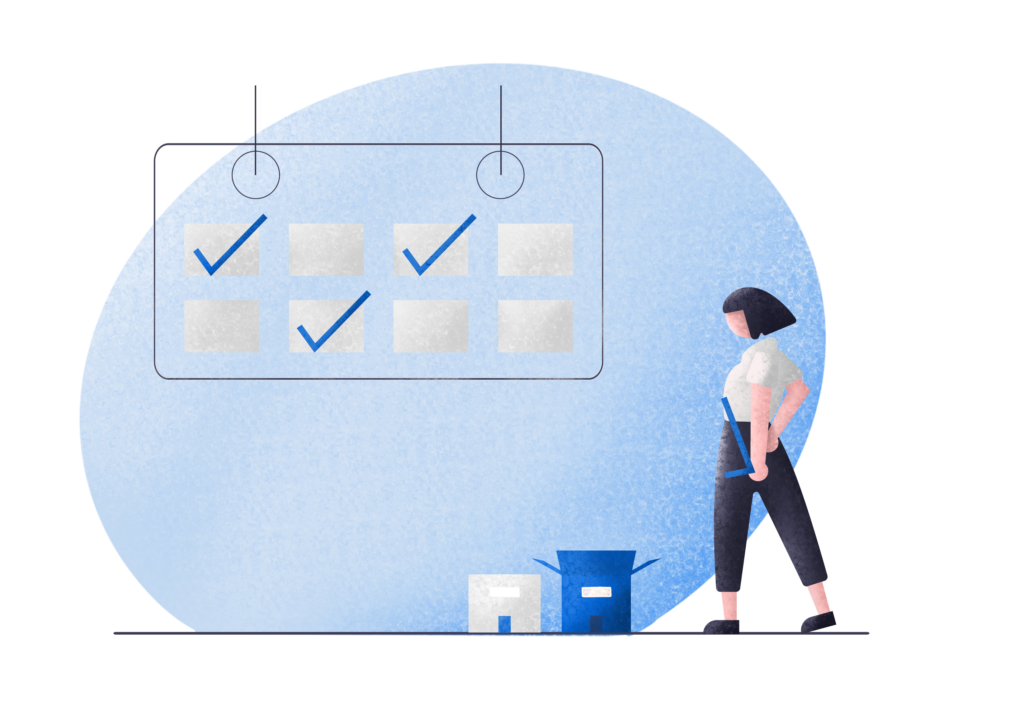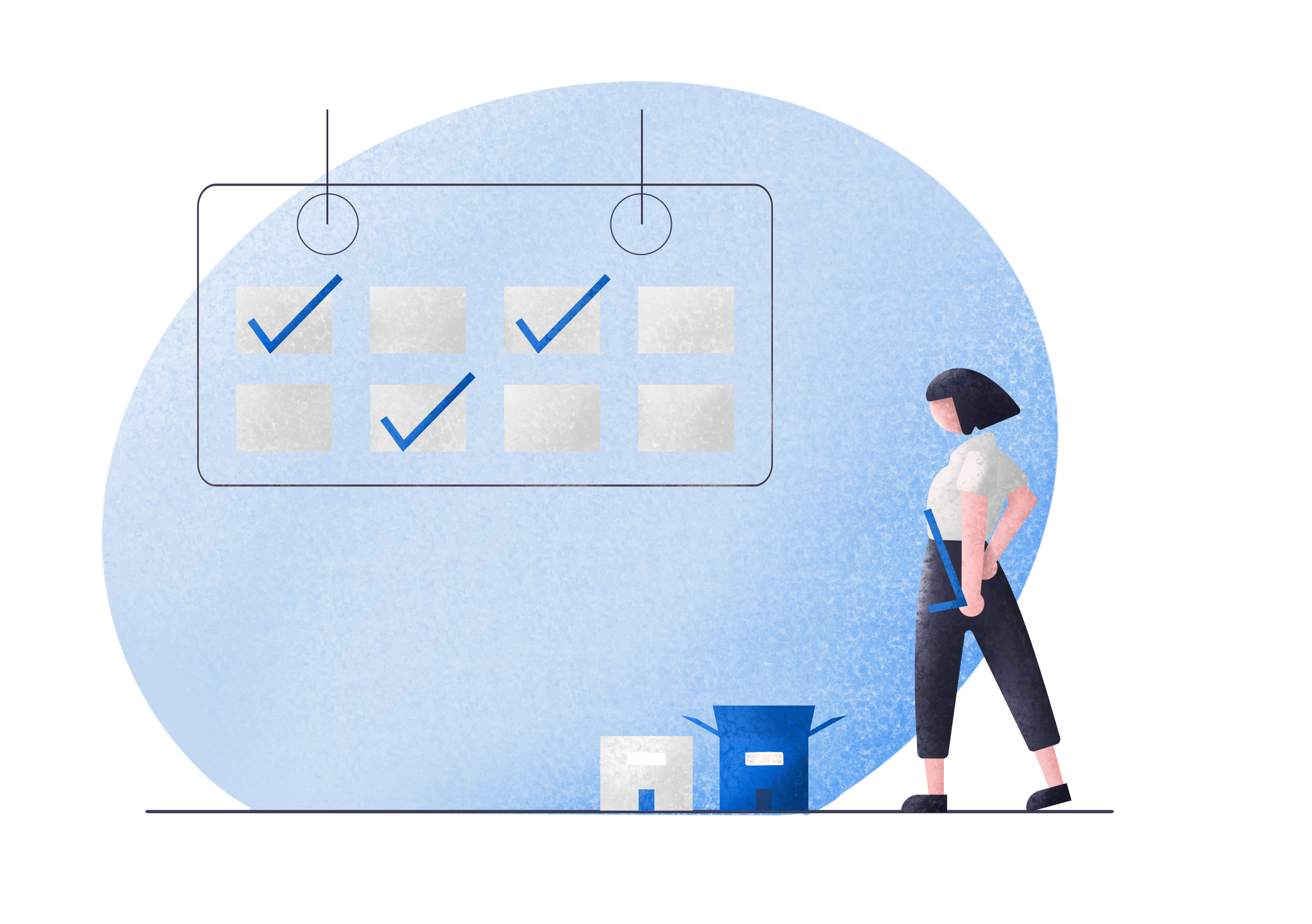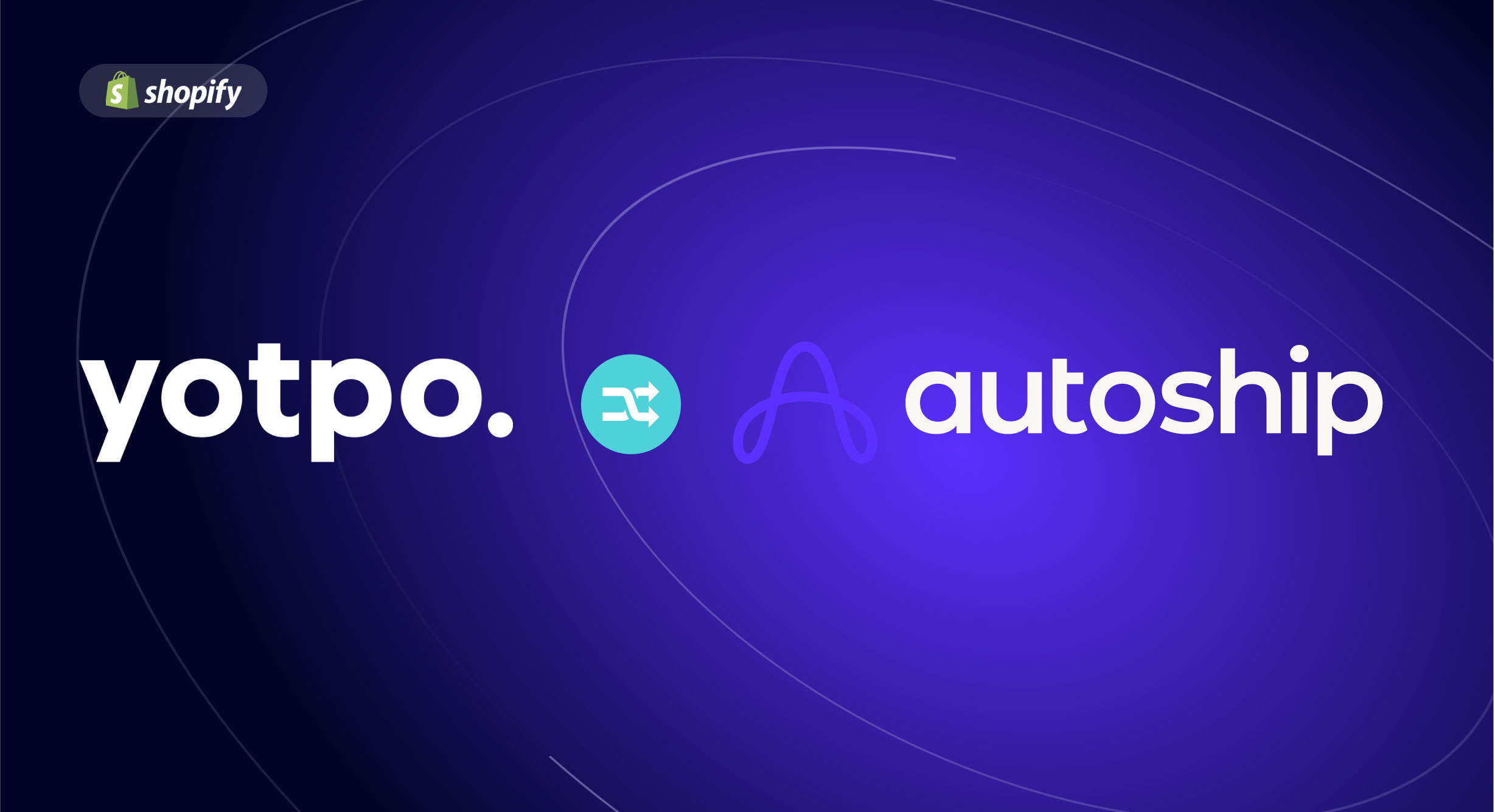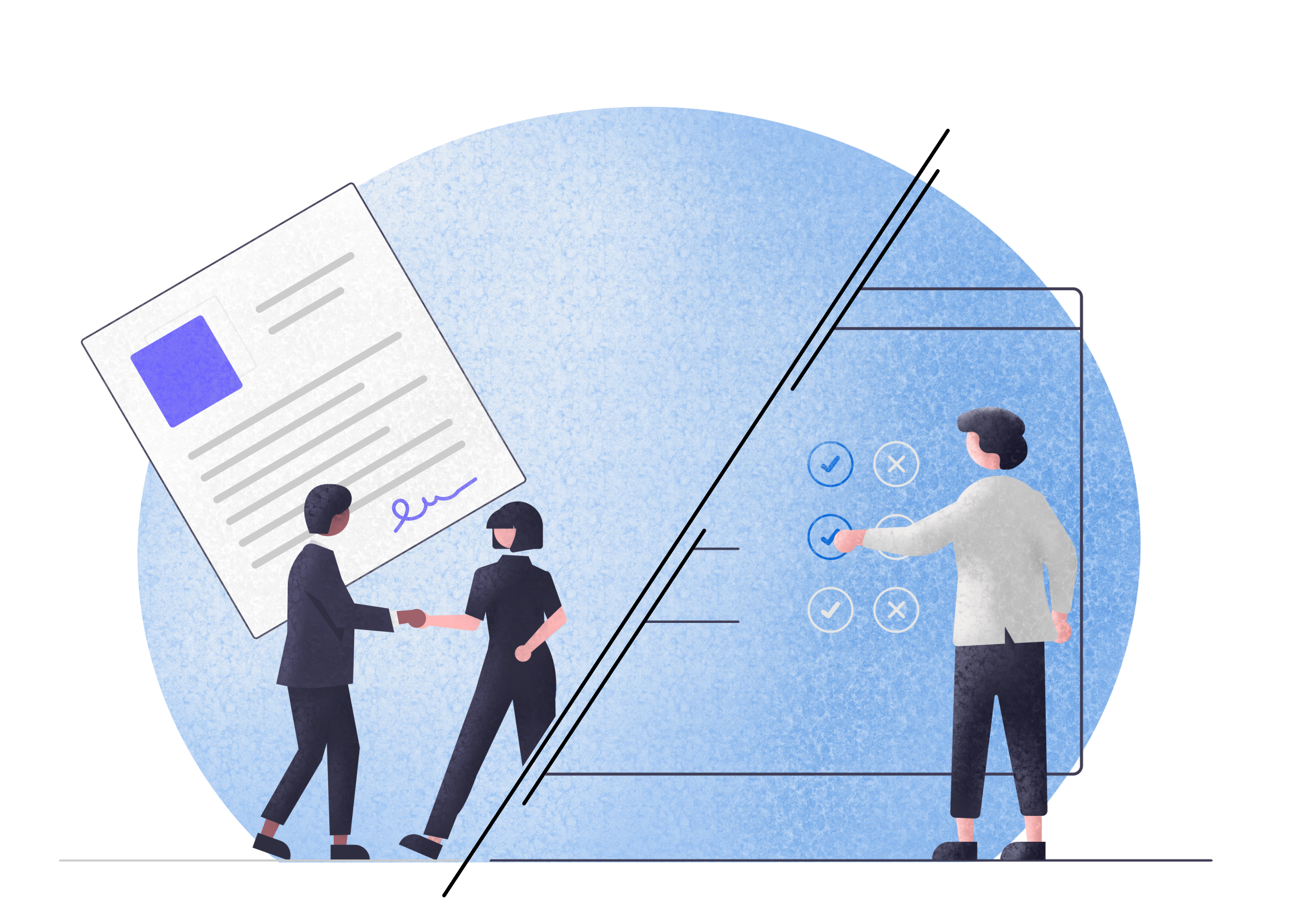
Arguing semantics (how similar words differ slightly in meaning) isn’t everyone’s cup of tea, but understanding the granular distinction between words in some cases can make a big difference. There are words that we commonly use interchangeably that actually carry shades of difference in meaning, and sometimes those “fine lines” can be really important.
For example, as comedian Dimitri Martin once pointed out “‘I’m sorry’ and ‘I apologize’ mean the same thing…except at a funeral.”
On a less morbidly humorous note, the specific definitions of the words “subscription” and “autoship” are different, which means the implementation of these strategies (and the people these strategies serve) are different. Understanding those differences can make it easier to know which to use for your ecommerce business.
Ready to get a little pedantic? Let’s begin.
The Umbrella Academy Terminology
First, we need to address the elephant in the room: why, exactly, do consumers treat “autoship” and “subscription” as synonyms, when ecommerce businesses clearly don’t? So, let’s go ahead and explain the overlap in meaning.
The primary culprit here is “subscription.” It’s bandied about to refer to just about any ecommerce arrangement where a customer’s payment method is charged automatically on a regular, recurring basis. In this way, it functions as an umbrella term, with terms like “autoship” serving to delineate a subset of services under that primary definition.
A lot of this has to do with simplicity. You’ll get your meaning across to the general public if you use the umbrella term, since most people don’t need to understand the finer distinction between the two types of services.
But when you discuss these topics with industry insiders, or in comparison to services on the other side of the fence, the definition division becomes more important. Additionally, calling it a subscription just because consumers use the word without fully understanding the definition will likely result in giving your customers the wrong impression.
Subscription Is the Product
Ok, so if using a word that vaguely references what you do is bad, how should the word be used? This is actually the easy part. In fact, odds are you already know the exact definition, you just haven’t ever had it put into words for you. So let’s do that.
With subscriptions, the business model is defined by the subscription itself. These businesses aren’t selling products via a subscription; the subscription is the product.
Take Dermstore’s BeautiyFIX [link to Dermstore Article], for example. It’s a curated subscription box full of beauty and skincare products, chosen based on the subscriber’s needs and preferences. It gives customers a way to try out new products without having to shell out $50 for a four-ounce container of lotion.
In other words, you’re not buying the products so much as paying for the privilege of having someone pick those products out for you.

In this way, ecommerce subscriptions share a lot in common with “access” subscriptions (Netflix, Hulu, and other streaming services being the most visible examples). For these, your subscription grants you access to the library of content, rather than giving you ownership to individual titles. You’re paying for the service as much or more than for the products.
Important Qualities of Subscriptions
Here are more specifics about how this works.
Subscriptions offer a predetermined experience to the subscriber. You sign up for the plan you want based on price and offerings, and then everything else is up to the business. You don’t pick individual items, and changing what you receive requires switching subscriptions.
You can’t add or remove items ala carte to upcoming orders. And you can’t postpone orders, change delivery frequency, etc. As a result, there’s not often opportunities for upselling or cross-selling. In fact, there’s frequently nothing to upsell or cross-sell. You just get what you get, and that’s it.
All Aboard the Autoship
Autoship, on the other hand, is the “choose your own adventure” of recurring ecommerce purchases. Typically, you have primary items (usually a restocking of consumables like pet food or razor blades). But you have the option of adding or removing items individually.
This makes for cross-selling opportunities aplenty, and savvy businesses will build product suggestions right into the interface.
Beyond that, customers choose the delivery frequency. Postponing orders, modifying frequency, or halting deliveries is (at least, it should be) possible. And with autoshipping, there are no pricing tiers; just the price of the items in the order (and usually shipping).
Thus, each customer gets the same experience: that of choosing what items they want, and having them delivered on a schedule.
Great Expectations
“But why does this matter?” we hear you asking. Good question. The answer is that it affects your customers’ expectations.
As an ecommerce business, regardless of your actual business model, you’re selling an experience as much as you’re selling products. Improving your conversion rate depends heavily on understanding your customers’ expectations and meeting them on the level.
And customers looking for a subscription are asking for different things than those looking for an autoship service.
Here’s what those preferences boil down to. Autoship customers want customization, and the freedom to get exactly what they want. Subscribers aren’t looking for specific products, they’re looking for a specific kind of treatment (namely, the VIP treatment).
Additionally, both “autoship” and “subscription” are loaded words. The former indicates that something will be shipped, i.e. the customer will receive a physical product (or products).
The latter isn’t restricted to physical goods, but carries its own connotations (most of them negative). Many consumers imagine inflexible commitments and rigid structure when they hear the word “subscription.” They think it means they’ll have zero control over the products they’re getting (and the quality thereof).
Some businesses avoid using “subscription” (the umbrella term) for just this reason—to avoid the negative connotations of “subscription” as a more specific term. And, if we’re honest, some brands do some rather ridiculous linguistic gymnastics to get around it. That doesn’t stop the tactic from being effective, though.
That’s not to say it can’t be used effectively. It’s still the clearest, most direct way to explain the concept. Just be aware of the baggage that comes with it.
Bottom line: if you want your service to be successful, identify which type of service your customers are really hungry for (and remember, it could be both), and then structure your business model around that.
Conclusion
Once you’ve decided which model to go with, you’ll need a way to offer the functionality to your customers. You can build it yourself, and if you’ve got a web dev savant on staff, we say go for it. But for most ecommerce businesses, it’s more cost-effective to use a third-party solution.
If you’re running on WooCommerce, Autoship Cloud can help with that. We offer a comprehensive set of features, both for autoship services, and for businesses selling subscriptions. We make it easy for you to implement on your website, and we make it easy for your customers to get the experience they’re looking for.
So if you’ve got questions and want to know more, give us a call.



